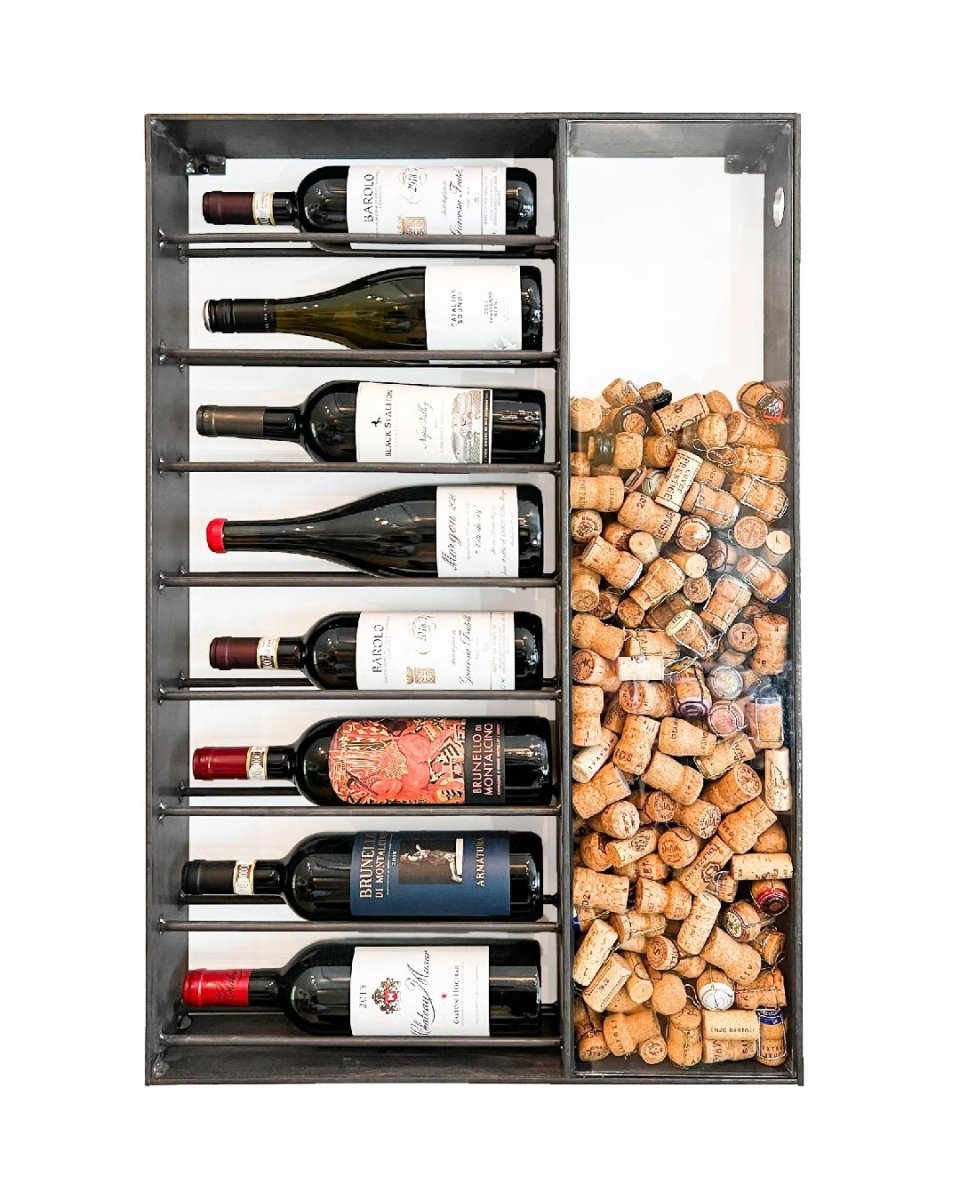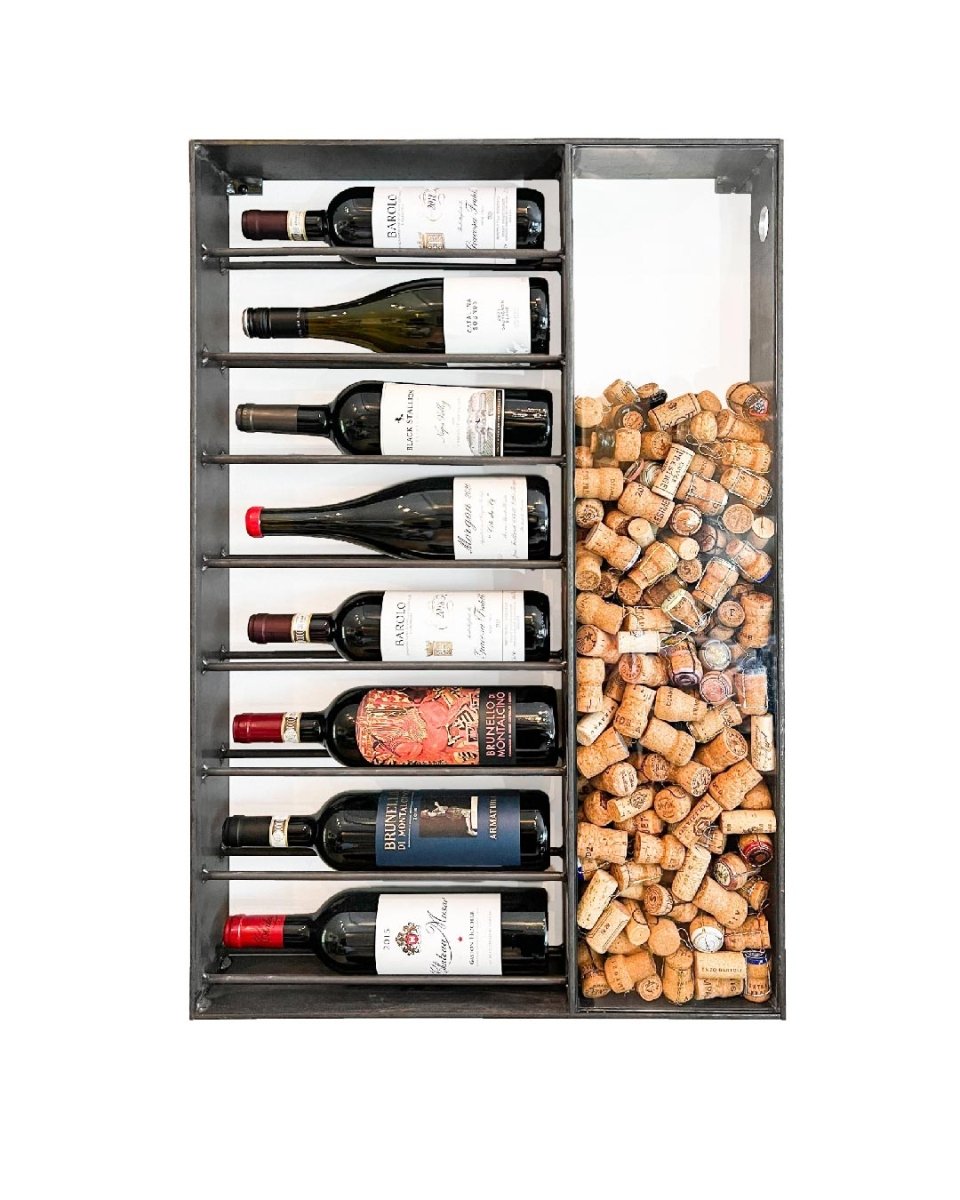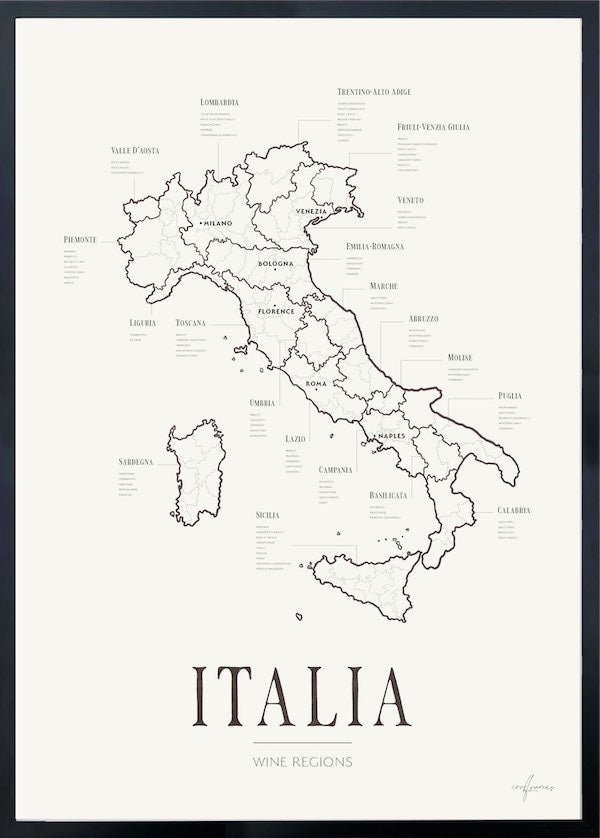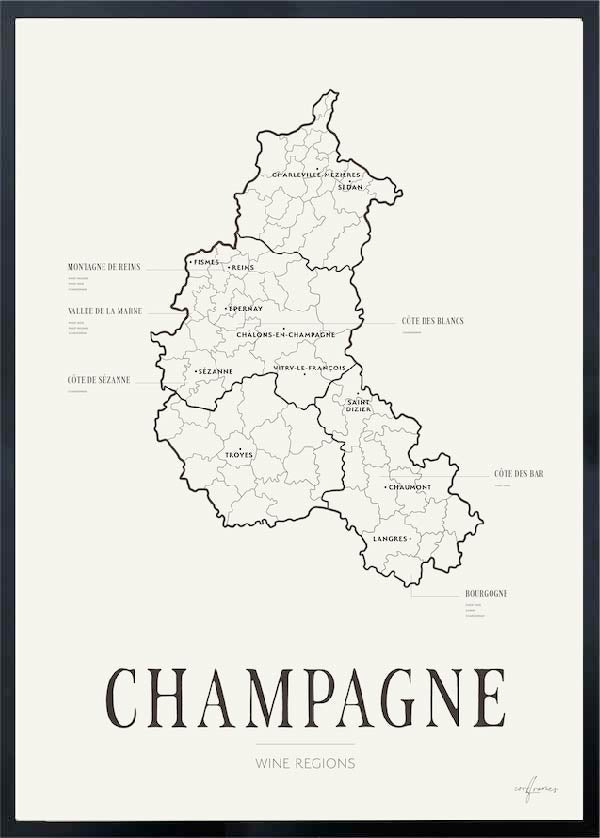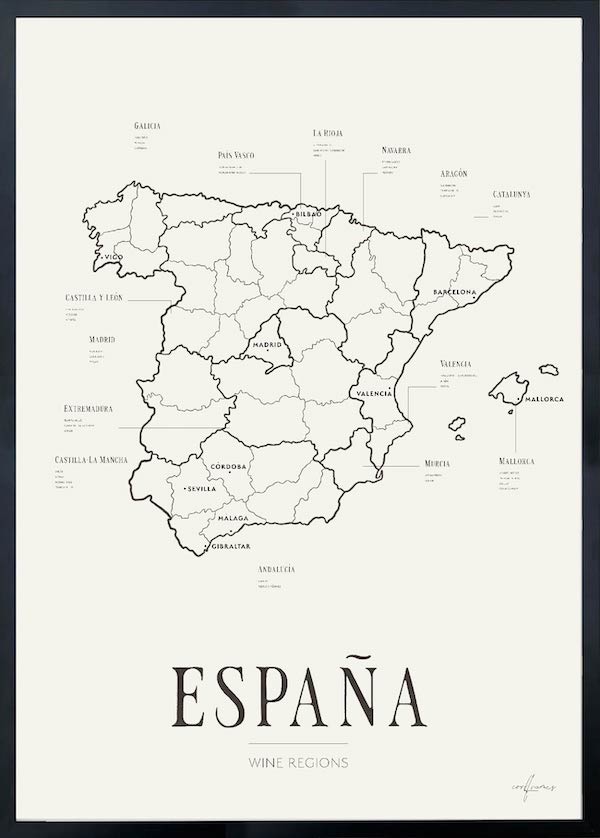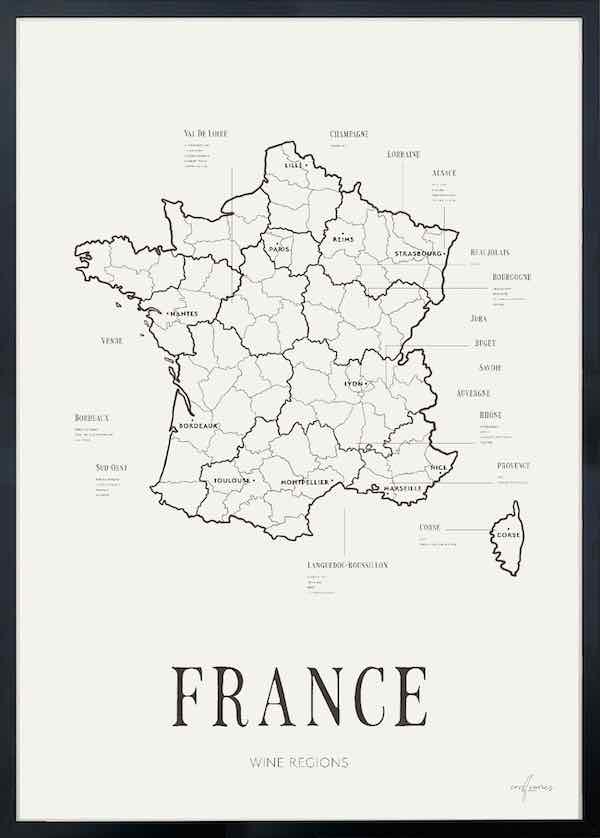Around the world, food prices are shifting rapidly. For many, it’s felt directly at the checkout – coffee costs more, chocolate prices are climbing, and that favorite bottle of olive oil suddenly has a new price tag. At the same time, other products may become more affordable. What’s behind these fluctuations? And what can we expect moving forward? Here’s a breakdown of the global factors influencing food prices – with a focus on olive oil, coffee, chocolate and wine.
What drives the cost of what we eat and drink?
Food prices are affected by a mix of natural and economic factors. Some of the most influential include:
-
Climate and weather
Drought, floods, frost or extreme heat can directly impact harvests and reduce availability of key ingredients. -
Global commodity markets
Products like coffee, cocoa, olive oil and wine are traded internationally. If a poor harvest affects one region, it can quickly raise prices worldwide. -
Transport and energy costs
Rising fuel, electricity, fertilizer and packaging costs increase the total production cost from farm to shelf. -
Currency rates and inflation
A weak currency can make imported goods more expensive. Inflation in producing countries can also push up export prices. -
Political decisions and trade policies
Tariffs, export bans or subsidies can shift supply chains and disrupt pricing.
Olive oil – from price spikes to signs of recovery
In 2023 and early 2024, olive oil prices surged due to severe drought in Southern Europe. Harvests dropped, and demand exceeded supply. By 2025, production has begun to stabilize in many regions, and prices have started to fall slightly. Still, olive oil remains a climate-sensitive product, and future fluctuations are likely.
Coffee – relief after record highs
Coffee prices have swung dramatically in the past year. Poor harvests in Brazil and Vietnam triggered sharp price hikes in early 2025, in some places over 30 %. Since then, more favorable weather and better yields have brought prices down, and several brands have lowered retail prices. However, the market remains higher than historical averages.
Chocolate – cocoa shortages drive up global prices
Cocoa is one of the most affected raw materials this year. Crop failures in West Africa – the world’s primary cocoa-producing region – have led to a major supply shortage. As a result, chocolate prices have risen worldwide. Many producers are adjusting both recipes and pricing. Experts expect cocoa prices to remain high for the rest of 2025.
Wine – gradual effects of a changing climate
Wine doesn’t typically respond to short-term price swings like other goods, but it's increasingly affected by climate change. Vineyards across Europe, South Africa and the U.S. are seeing altered conditions. Droughts, floods and heatwaves are impacting grape quality and yields, which can affect both taste and price over time.
What does the future look like?
Forecasts from the UN’s Food and Agriculture Organization (FAO) and the World Bank indicate some stabilization in global food prices during the second half of 2025. Staples like grains and oils are expected to drop slightly due to better harvests and stronger currencies. However, coffee and cocoa prices are likely to remain high. Overall, volatility remains a challenge, especially with unpredictable weather patterns caused by climate change.
How to think as a conscious consumer:
Choose seasonal products – they’re usually more affordable and environmentally friendly
Get to know producers – it helps you understand what you’re paying for
Prioritize quality over quantity – this applies to everything from daily staples to wine, oil, chocolate and coffee
Support sustainable options – small changes in what you consume can make a long-term difference
Food prices are shaped by climate, economics, politics and global trade. In 2025, olive oil has started to drop in price, coffee has turned downward after record highs, chocolate remains expensive due to cocoa shortages, and wine is gradually being reshaped by a changing climate. Understanding the reasons behind price changes helps us make more mindful choices – as both consumers and appreciators of good food and drink.










